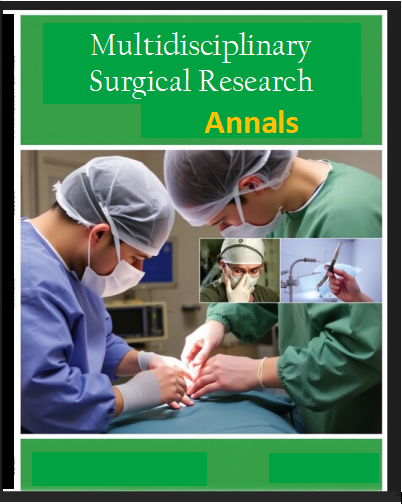Assessing Knowledge, Attitude, and Practice regarding PPE in First Aid Centers and Clinics in Lahore
Abstract
Clinics and first aid centers serve as the frontline of healthcare delivery, especially in communities where access to hospitals may be limited. These facilities are often the first point of contact for patients seeking immediate medical attention. Healthcare providers working in such settings including doctors, paramedics, and first aid responders are frequently exposed to infectious agents due to close and repeated interactions with patients. To minimize the risk of occupational exposure and ensure both patient and staff safety, the proper use of Personal Protective Equipment (PPE) is essential. However, in many cases, limited resources, lack of training, or insufficient awareness can hinder the effective use of PPE. Evaluating the Knowledge, Attitude, and Practice (KAP) of healthcare workers in clinics and first aid centers regarding PPE use is critical for identifying gaps in understanding and implementation. Such assessments can guide targeted interventions aimed at improving safety standards and reducing infection risks in these high-contact healthcare environments. Methodology: It was a quantitative, cross-sectional study conducted among medical clinics using a structured questionnaire. A total of 98 healthcare workers, including doctors, nurses, paramedics, and first aid providers, participated in the study. A convenient sampling technique was applied to select participants. Data collection occurred over a six-month period. Descriptive statistics (mean, mode, frequency) and inferential analysis (correlation) were applied to assess trends and relationships in PPE usage. Results: The results indicated a positive correlation between training and proper use of personal protective equipment (PPE) among healthcare workers. While 62% of participants reported consistent use of PPE, 48% perform errors in procedure, including incorrect mask usage and the reuse of disposable gloves. The Spearman's rank correlation coefficient confirmed a statistically significant association between training status and proper PPE usage. Conclusion(s): Although healthcare workers in first aid centers and clinics generally have a strong understanding of PPE and maintain positive attitudes toward its use but the practical application of safety measures remains inconsistent. To overcome this gap, it is essential to implement regular training sessions, define role-specific responsibilities, and establish clear operational guidelines.
Key words: Personal Protective Equipment, Knowledge, Attitude, Practice, First Aid Centers, Clinics, Cross-Sectional Study.




